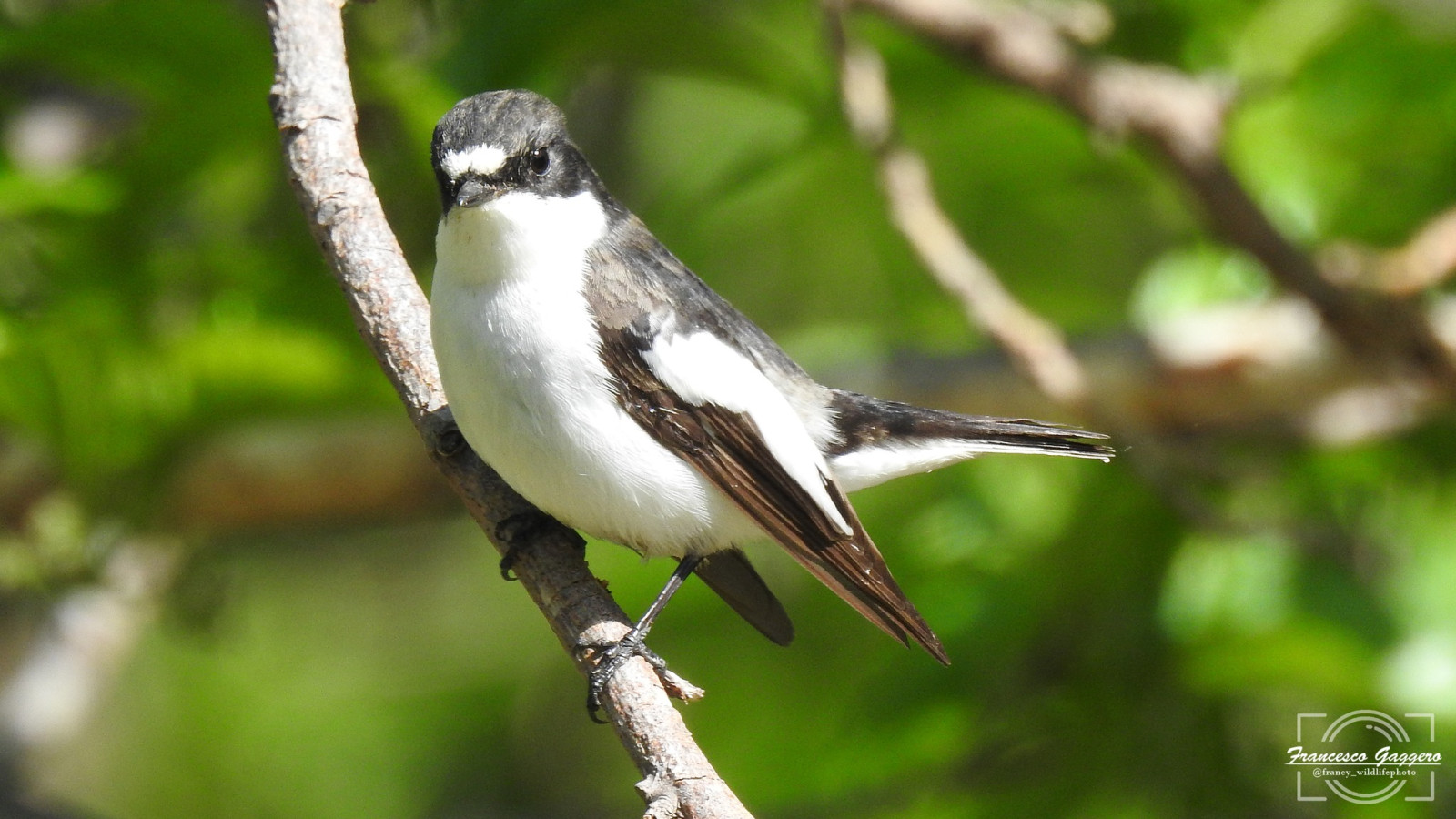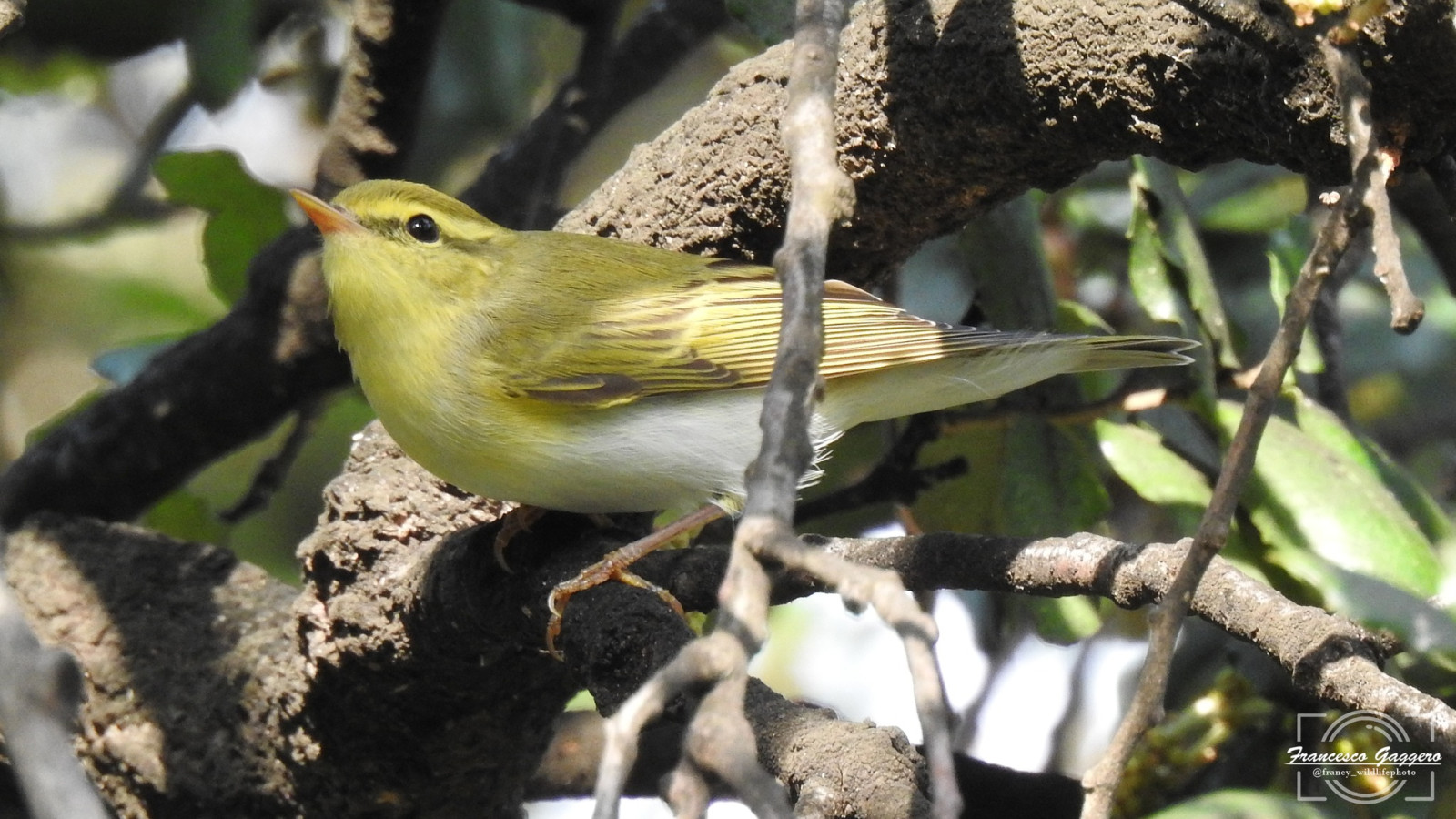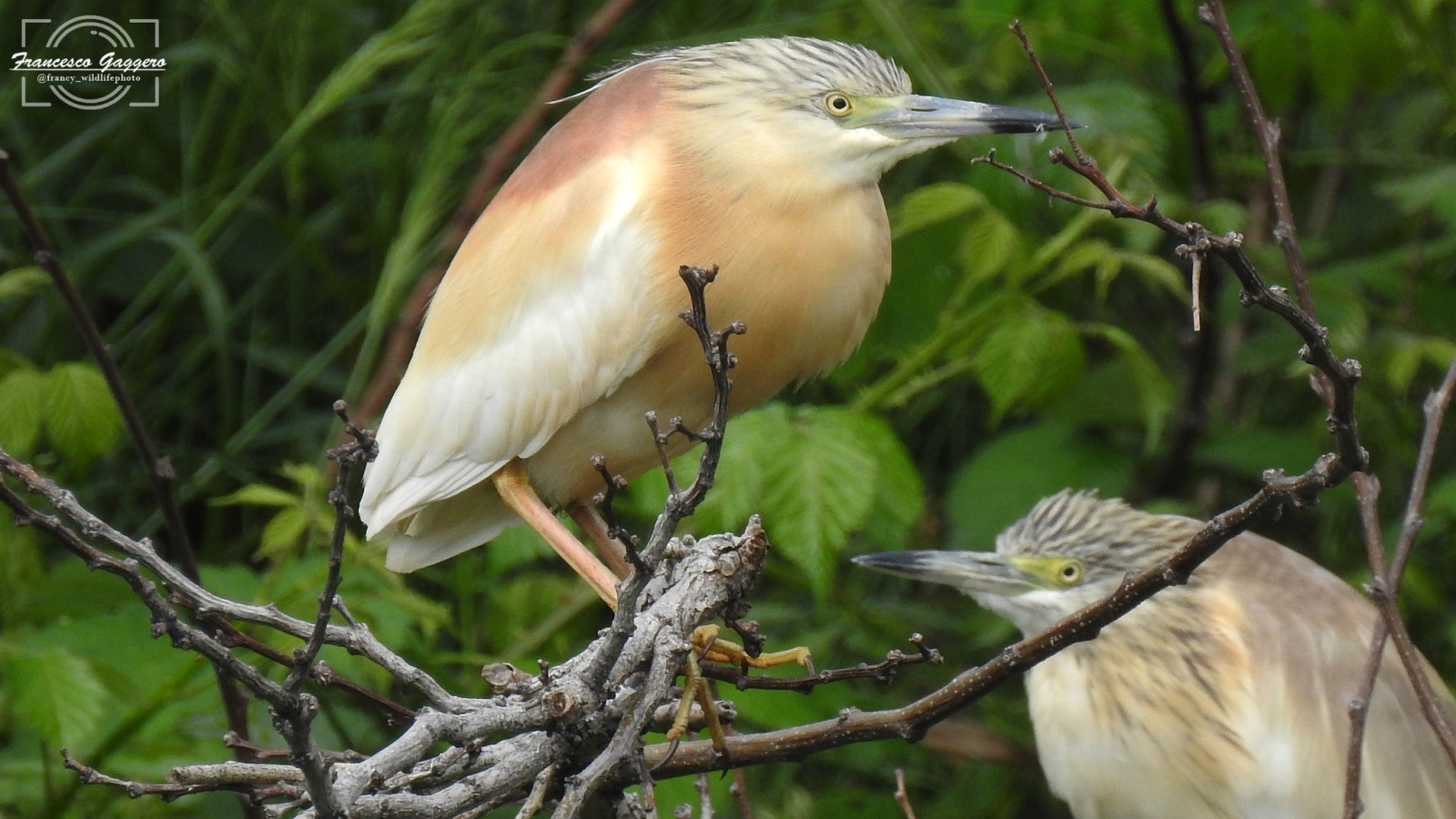Description
Fascia di Rispetto di Genova Prà. In winter and summer this park is not worth a visit since only common and urban birds are present. Măcăleandru, Mierlă, Cioară grivă, Stăncuță, Pescăruș cu picioare galbene, Florinte, Codobatură albă, can be found throughout the year. Vânturel roșu is present too but less common, and a Papagal Micul Alexandru colony is now stable. During spring migration this place turns into a targeted stop for trans-Saharan passerines. You can find Mărăcinar mare, Muscar negru, Codroș de pădure and Muscar sur perched on top of lampposts, stakes and benches while birds like Silvie de câmp, Silvie roșcată estică and Silvia lui Moltoniare hidden inside bushes, or eat bugs on top of trees such as Quercus ilex or Quercus suber, together with Lăcar de stuf, Lăcar de mlaștină, and other acrocephalus birds. The latter is particularly appreciated from insectivorous birds. Some years ago it was possible to see up to eight or nine different species, moving from branch to branch. On top of one tree I personally saw Lăcar de stuf, Lăcar mare, Lăcar mic, Silvie de zăvoi, Frunzăriță melodioasă, Frunzăriță galbenă, Silvie de câmp, Silvia lui Moltoni, Silvie roșcată estică, and other birders saw Silvie mică, Pitulice sfârâitoare and Capîntortură. A noteworthy species to mention is the Ciuș , but it was seen only once, resting on a tree.
Sfrâncioc cu cap roșu and Sfrâncioc roșiatic stays on shrubs and are a regular presence during spring migration, together with Privighetoare roșcată, whose beautiful song can be heared. On the grass you may find Codobatură galbenă of different subspecies (flava and cinerocapilla the commonest among the others) and Capîntortură. If you are really lucky also Presură cu cap negru can be found in late May/early June (1 the 2012/06/29, 2 (m+f) the 2013/06/1-2). Needless to say, the sky is covered with migrant Prigorie, Rândunică, Lăstun de casă and Drepnea neagră and for this reason Șoimul rândunelelor can be observed. Also Vânturel de seară is a regular presence.
Irregular and vagrant species need to be included too:
- during pandemic a Dumbrăveancă was seen on a lamppost (2020/05/28). It was the first sighting of Coracias garrulus in the park, but in the upper hills the species is a regular migrant (6 together in May).
- Lăcustar may occur during its periodical invasion in late May. They can be seen feeding on mulberries or sour cherry trees. (2018/05/29)
- a Presură mică was seen 2018/04/16. Emberiza pusilla is a vagrant bird in Liguria region.
The surrounding area is noteworthy too: from the canal wooden bridge you may see Stârc pitic (regular presence) and Stârc roșu. Other heron species like Stârc de cireadă, Stârc cenușiu, Egretă mare fly in formation above the canal and the city. The canal, which full name is Canale di calma di Pràm is a nice spot also in winter. Cufundar mic is a regular winter species, and Rață catifelată was a special guest during December 2017. Also, Pescăruș râzător, Pescăruș cu picioare galbene are present.
The area near the ecological island is a real hidden gem, having hosted migrant passerines such as Presură de grădină (more than five together!), Lăcar mic, Fâsă de pădure, Codobatură galbenă, Vânturel de seară, Șoimul rândunelelor, Silvie de câmp and also a pair of Fazan during pandemic. You can make a stop here, but I doubt this place will host again such a wide variety of species. May is the perfect month to admire Viespar migration: if you are lucky enough and the wheather condition is good, you can sit on the park bench and see flocks of raptors flying above the city. Also, Gaie neagră, Șerpar and Acvilă mică are regular migrant raptors that you can spot from March to May.
Details
Access
The park is accessible by car and by bus. There are two car parks, one at west and one, bigger, at east. There are also 2 near bus stops.






